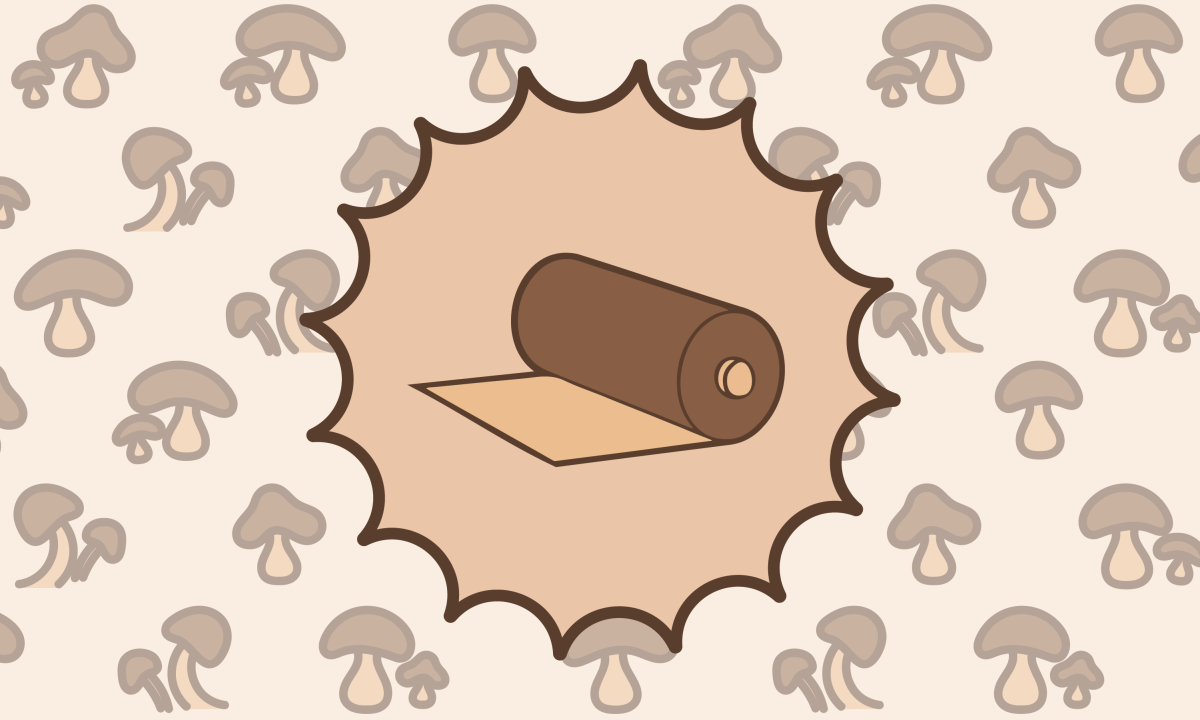Sustainable fashion has been trending over the past decade as more people begin to question the environmental impact of their clothing. Fast fashion is a huge industry with glaring issues; it’s clothing that can only be worn a few times before it breaks down and has to be thrown out. The clothing then goes into landfills and, depending on the material of the clothing, can take somewhere between weeks or years to decompose, according to an article from The Slow Label.
Many people are trying to find sustainable alternatives to their favorite materials in an effort to be more environmentally conscious. The demand for vegan leather is a great example of that. Mushroom leather has been trending on and off since 2018 and has recently been receiving more attention. This imitation leather is both a sustainable and vegan-friendly alternative to animal leather.
People are seeking out alternatives to animal leather for a few different reasons. 170 of the chemicals that are used to tan leather have negative effects on the environment, according to an article by Green Matters. They found that these chemicals are causing air pollution, harming soil and agriculture, and creating an obscene amount of waste. Further, some people prefer to buy vegan-friendly clothing because they don’t feel comfortable wearing animal products, which typically coincides with a more environmentally friendly approach to leather sourcing.
Another facet of mushroom leather is that it’s biodegradable, so when one decides they’re done wearing their garment, it can decompose. As the demand for imitation leather increases, the need for animal leather could potentially decrease. This would help to reduce the amount of cows that are bred and raised for the purpose of being turned into leather products. Reducing animal agriculture would positively impact the environment by eliminating the pollution associated with the production of animal leather.
First invented in 2012, mushroom leather is manufactured from the mycelium portion of the mushroom–the root-like system of a fungus made up of tiny cells. In this article from Von Baer, a luxury leather brand known for sustainable leather alternatives, they explain that the first step to producing mushroom leather is selecting a substrate for the mycelium. This is what the mycelium will eat, a typical example of a substrate is straw or wood chips. The mycelium and the substrate are placed in a bag to allow the mycelium to grow quickly, while simultaneously killing any growing bacteria. From there, it can take another two or three weeks for the mushroom leather to grow.
Though there are many positive aspects about mushroom leather, one of the biggest challenges associated with it is its appearance. Sometimes, the mycelium will grow unevenly, which can cause the leather to have inconsistent layers. Getting better control over the growth conditions can help to prevent this, according to an article from Faunalytics. Another issue with this type of leather is its durability, as animal leather is more durable than imitation and synthetic leather. The Faunalytics article reported that a solution to this issue is to apply a coat of polylactic acid to the mushroom leather. This coating helps to increase the leather’s durability, and can even make the mushroom leather more durable than animal leather.
The mushroom leather industry is continuing to grow and advance every day. It’s creating a more sustainable option for those who want environmentally friendly and vegan clothing. As more people start paying attention to how their choices are affecting the environment, mushroom leather and other sustainable clothing trends will continue to advance.
































